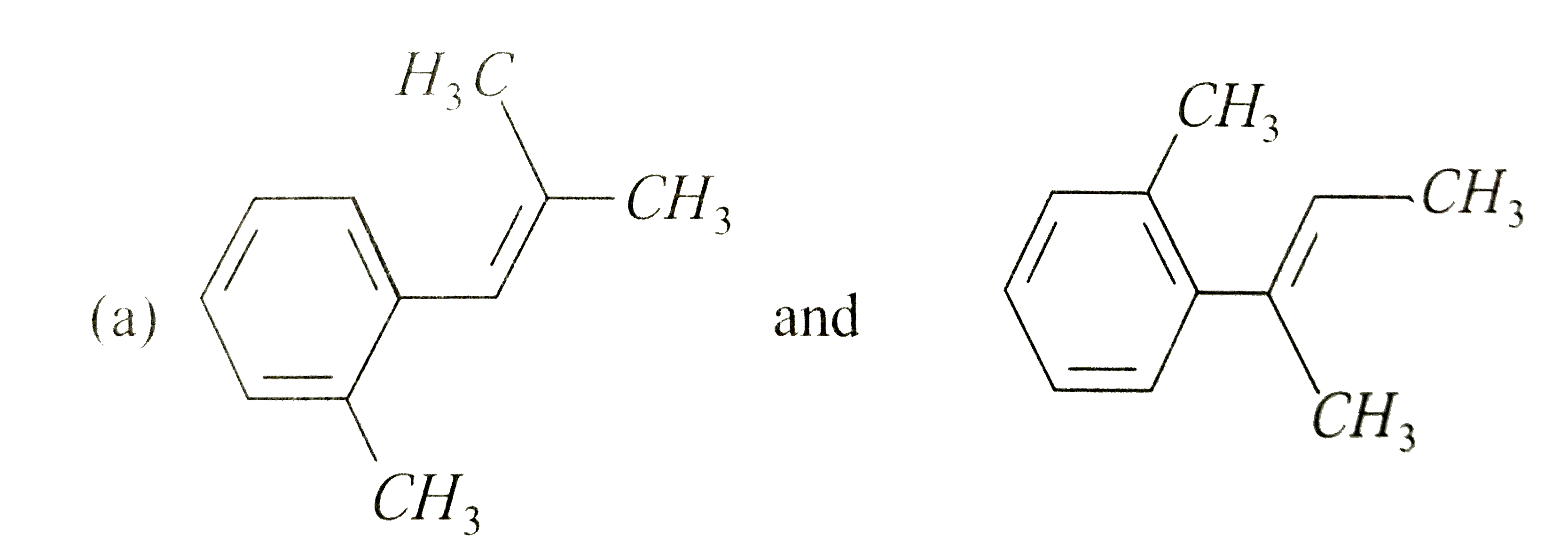Solve for s and h:
8s−3h=−9
−8s+h=1
To solve the given pair of linear equations for s and h:
1. Write down the equations:
8s−3h=−9(1)
−8s+h=1(2)
2. Add the two equations (1) and (2):
(8s−3h)+(−8s+h)=−9+1
This simplifies to:
−3h+h=−8
−2h=−8
3. Solve for h:
Divide both sides by -2:
h=−8−2=4
4. Substitute h back into one of the original equations to find s:
Using equation (2):
−8s+h=1
Substitute h=4:
−8s+4=1
Rearranging gives:
−8s=1−4
−8s=−3
Divide both sides by -8:
s=−3−8=38
5. Final values:
s=38,h=4
8s−3h=−9(1)
−8s+h=1(2)
(8s−3h)+(−8s+h)=−9+1
This simplifies to:
−3h+h=−8
−2h=−8
Divide both sides by -2:
h=−8−2=4
Using equation (2):
−8s+h=1
Substitute h=4:
−8s+4=1
Rearranging gives:
−8s=1−4
−8s=−3
Divide both sides by -8:
s=−3−8=38
s=38,h=4
Topper's Solved these Questions
- BOOK - EDUCART PUBLICATIONCHAPTER - SAMPLE PAPER SOLVED 10EXERCISE - PART - B ( SECTION - V )5videos
SAMPLE PAPER SOLVED 10
- BOOK - EDUCART PUBLICATIONCHAPTER - SAMPLE PAPER SOLVED 10EXERCISE - PART - B ( SECTION - III )7videos
SAMPLE PAPER SOLVED 10
- BOOK - EDUCART PUBLICATIONCHAPTER - SAMPLE PAPER SELF ASSESSMENT 11EXERCISE - Section (iv)13videos
SAMPLE PAPER SELF ASSESSMENT 11
- BOOK - EDUCART PUBLICATIONCHAPTER - SAMPLE PAPER SOLVED 9 EXERCISE - Part - B (Section -V)4videos
SAMPLE PAPER SOLVED 9
Similar Questions
Knowledge Check
- Question 1 - Select One or More
Compound p and R upon ozonolysis produce Q and S,
respectively . The molecular fromular of Q and S id C8H8O. Q
undergoes Cannizzaro reaction but not halofrom reaction ,
whereas S undergoes halofrom reaction but not Cannizzaro
reaction .
(i)P(i)O3/CH2Cl2−−−−−−−−−→(ii)Zn/H2OQ(C8H8O)
(ii) R(i)O3/CH2Cl2−−−−−−−−−→(ii)Zn/H2OS(C8H8O)
The option (s) with suitable combination of P and R,
respectively , is(are)A B
B C
C D
D
- Question 2 - Select One
1 mol of SO2 and 1 mol of H2S react completely to form H2O and S as follows:
SO2+2H2S→2H2O+3S
(At. mass S = 32, O = 16)
The mass of S obtained is:A96 g SB48 g SC24 g SD64 g S - Question 3 - Select One
Calculate enthalpy change for the change 8S(g)→S8(g), given that
H2S2(g)→2H(g)+2S(g),ΔH=239.0kcal mol−1
H2S(g)→2H(g)+S(g),ΔH=175.0kcal mol−1A+512.0 k calB−512.0 k calC508.0 kcalD−508.0 kcal
Solve the following equation: sinθ+sin5θ=sin3θ
View SolutionIf Karan travels at a speed of 60 kmph and covers a distance in 9 hrs., then how much time will he take to travel the same distance at a speed of 90 kmph? 8 hrs b. 6 hrs c. 12 hrs d. 9 hrs
View SolutionCalculate the standard Gibbs energy change for the formation of propane at 298 K:
3C(graphite)+4H2(g)→C3H8(g)
ΔfH∘ for propane, C3H8(g)=−103.8kJmol−1.
Given : S0m[C3H8(g)]=270.2JK−1mol−1
S∘m(graphite)=5.70JK−1mol−1
and S0m[H2(g)]=130.7JK−1mol−1.View SolutionCalculate the standard Gibbs energy change for the formation of propane at 298 K:
3C(graphite)+4H2(g)→C3H8(g)
ΔfH∘ for propane, C3H8(g)=−103.8kJmol−1.
Given : S0m[C3H8(g)]=270.2JK−1mol−1
S∘m(graphite)=5.70JK−1mol−1
and S0m[H2(g)]=130.7JK−1mol−1.View SolutionFind the total number of H, S and 'O' atoms in the following :
5 mole H2S2O8View Solution

